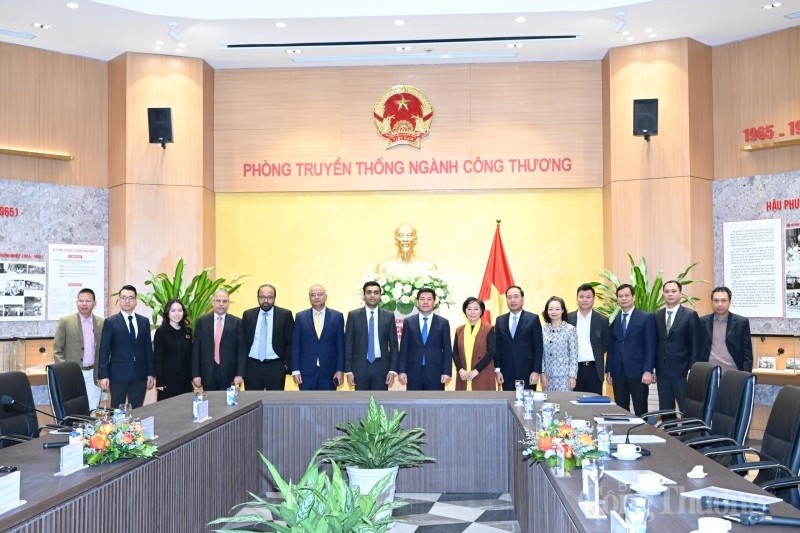The Economist: Vietnam Leads the Transition to Clean Energy in SEA
Vietnam is leading the transition to clean energy in Southeast Asia and is a bright spot on an otherwise soot-black map, according to an article published recently on The Economist.
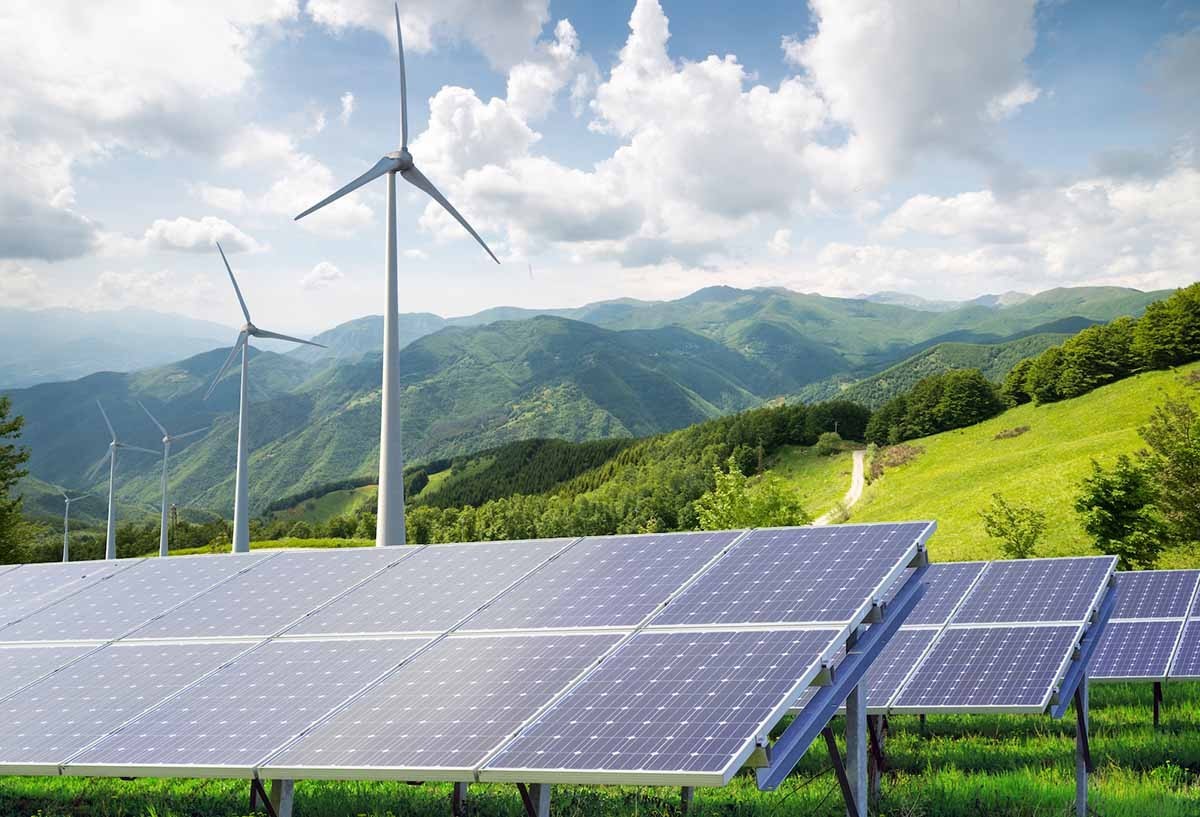 |
| Illustrative image. |
In the four years to 2021, the portion of electricity generated by solar in Vietnam increased from practically nothing to nearly 11 percent, the article said, noting it is not only a faster rate of increase than almost anywhere else in the world, but also a bigger share than larger economies such as France or Japan have managed.
It said Vietnam had become the world’s tenth-biggest producer of solar power last year and recalled that ưhile underlining Vietnam’s commitment to the energy transition, Prime Minister Pham Minh Chinh vowed in November last year to stop building new coal-fired power plants and to reduce Vietnam’s emissions to net zero by 2050.
The article said that other Southeast Asian countries hoping to up their game can learn a few lessons from Vietnam - the country has quadrupled its wind and solar power capacity compared to 2019.
It attributed the "extraordinary achievement" to Vietnam’s political will and market incentives.
100,000 rooftop solar panels were installed in 2019 and 2020, lifting Vietnam's solar output to 16GW.
Reforms have made it easier for foreign investors to do business in Vietnam, the article said, noting that the Southeast Asian country will have to make greater efforts if it hopes to achieve net zero emissions by 2050.
According to the recently-released Vietnam Energy Outlook Report 2021 (EOR21), there is a great potential for green transition in Vietnam, which by 2050 can become a net zero-carbon economy as set out by the PM during COP26 in Glasgow.
In details, the report provides mid- to long-term perspectives on possible development paths for Vietnam’s energy system towards 2050, guides policy makers and inspires deliberations on a green transition.
Particularly, the EOR21 examines a scenario for Vietnam to reach the net zero emissions by 2050 and an in-depth study on the green transport sector with higher share of electrification and a modal shift towards collective means of transport which resulted in a significant reduction of CO2 emissions and air pollution.
The EOR21 is developed in collaboration between the Danish Energy Agency, the Electricity and Renewable Energy Authority (EREA), and the Danish Embassy in Hanoi. It is the third iteration of the EOR, following EOR17 and EOR19.
Potential for reaching the 2050-target of net-zero emissions
In recent decades, Vietnam has experienced average annual growth rates of around 7% in GDP and the growing economy has led to significant increase in energy consumption as well as in CO2-emissions.
It is key for both Vietnam’s and the global green transition that the country, with a population of almost 100 million people, is able to decouple economic and energy consumption and turn its energy system into a more sustainable and green energy system by investing in renewable energy and energy efficient technologies.
"Vietnam is an important partner for Denmark when it comes to green economy transition. We are happy to share with our local counterparts solid and well-proven Danish solutions, knowhow and best practices gained during the past 30 years to support Vietnam in realizing its great potential for green transformation and the country’s commitment to combat climate change and achieve net-zero by 2050 in the most efficient and just way," said Kim Højlund Christensen, Ambassador of Denmark to Vietnam at the launch of the report.
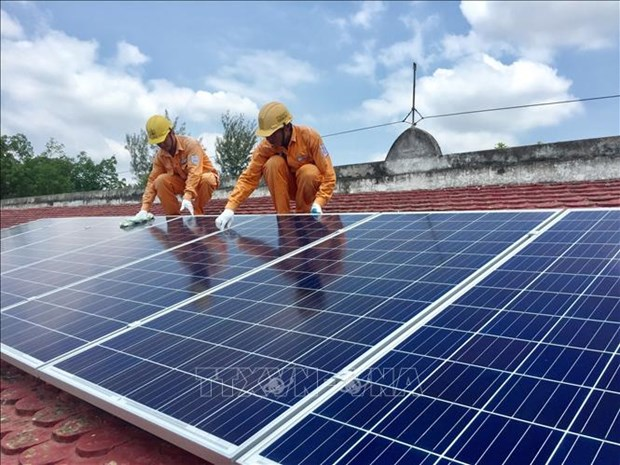 |
| Solar power plant. Photo: VNA |
The EOR21 demonstrates how Vietnam through massive electrification of its industry and transport sectors along expansion of renewable energy technologies and ambitious national energy efficiency targets can secure a cost-efficient green transition and reach its target of net zero emissions in 2050.
Another key component in the future energy mix in Vietnam is offshore wind. With the PDP8, Vietnam will be starting a new industry for offshore wind. This will be quite different from existing near-shore and intertidal wind energy projects, which sometimes are referred to as offshore wind energy projects in Vietnam. Indeed, the new offshore wind industry will distinguish itself by both distance to shore, scale and technology.
Driven by larger and more efficient wind turbines, lower capital and operating costs, and other technology advancements, the price of electricity generated by offshore wind energy has come down globally, which is vital and a great incentive for the rapid and widespread of the industry.
Following the launch of the EOR21, a workshop was held on the same day to address the question of how and when Vietnam’s new offshore wind energy industry can also benefit from these global price trends in well-established markets.
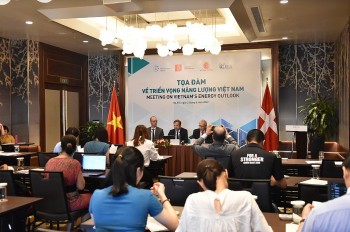 | New Vietnam Energy Outlook Report Shows the Way for Vietnam to Reach Net Zero Emissions in 2050 The Vietnam Energy Outlook Report, developed in close cooperation between the Danish Energy Agency (DEA), the Electricity and Renewable Energy Authority (Vietnam), and the Embassy ... |
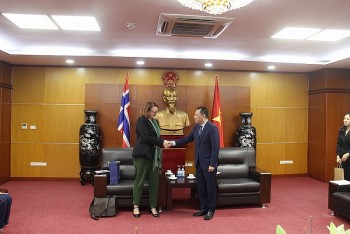 | Ample Room for Growth in Vietnam-Norway Energy Cooperation Vietnam and Norway have many similarities such as geographical advantages in terms of long coastline, creating favorable conditions for the development of fisheries and energy. |
 | Norwegian Energy Firm Equinor Views as Vietnam A Promising Market Equinor, a large Norwegian energy company, views Vietnam as a promising market. |






